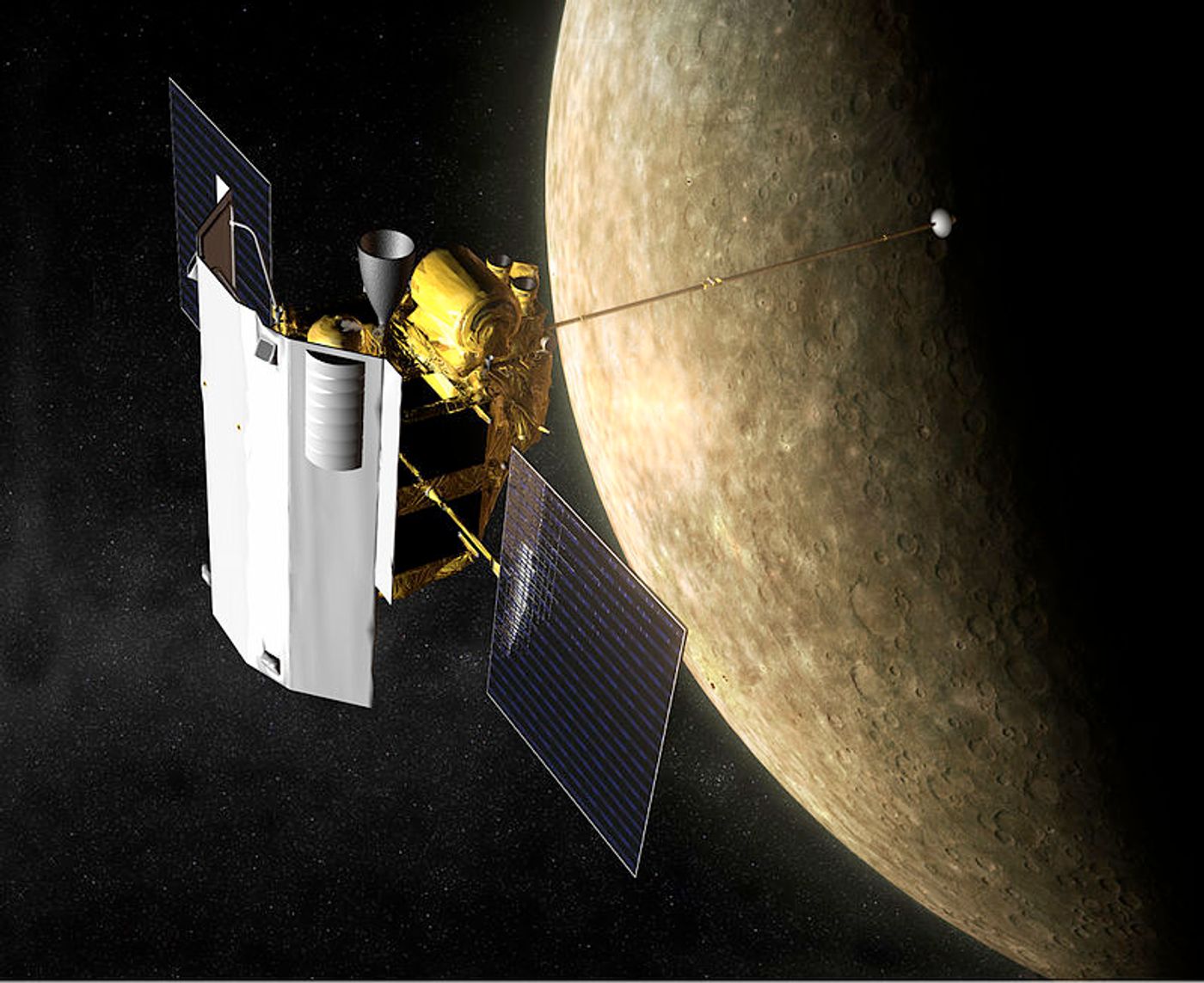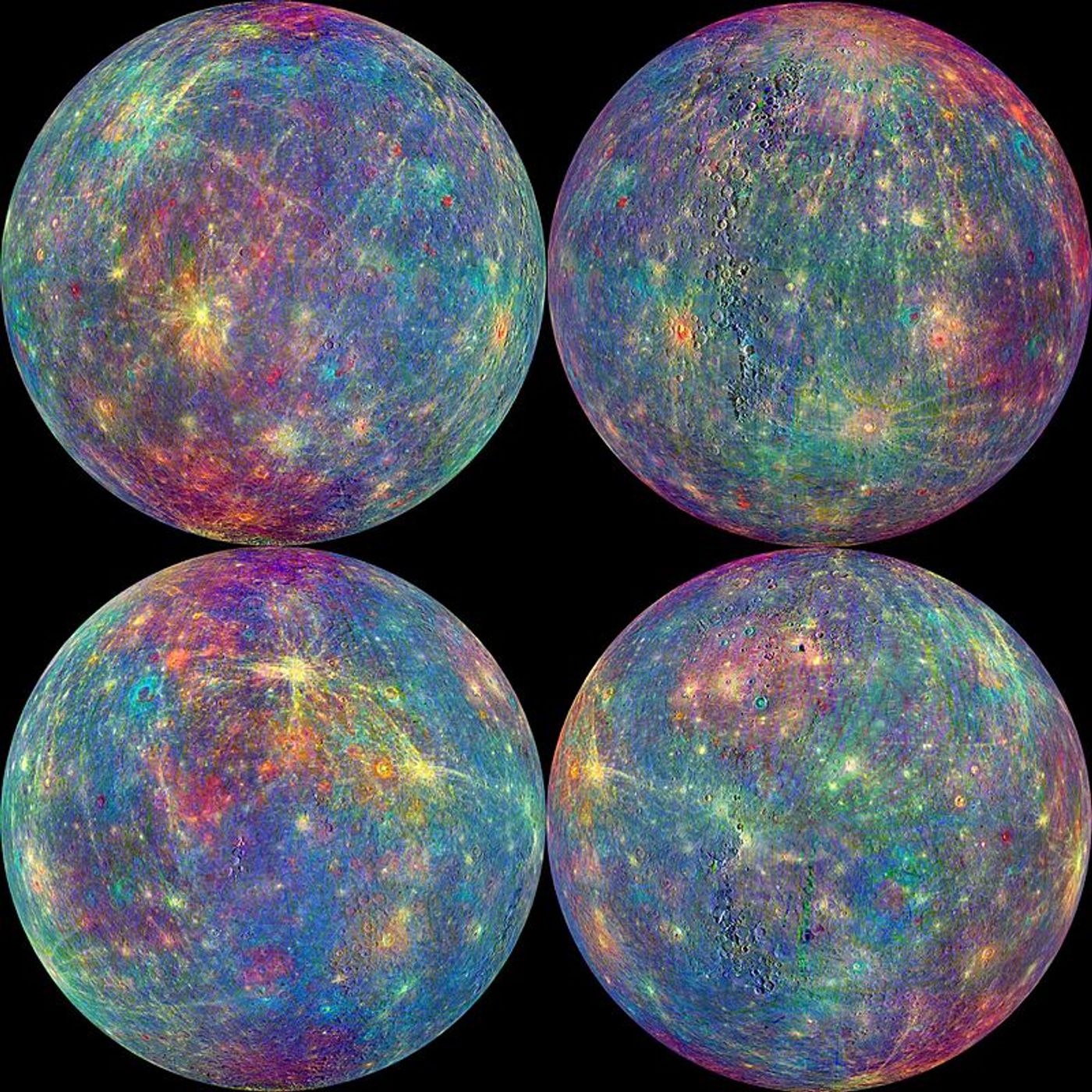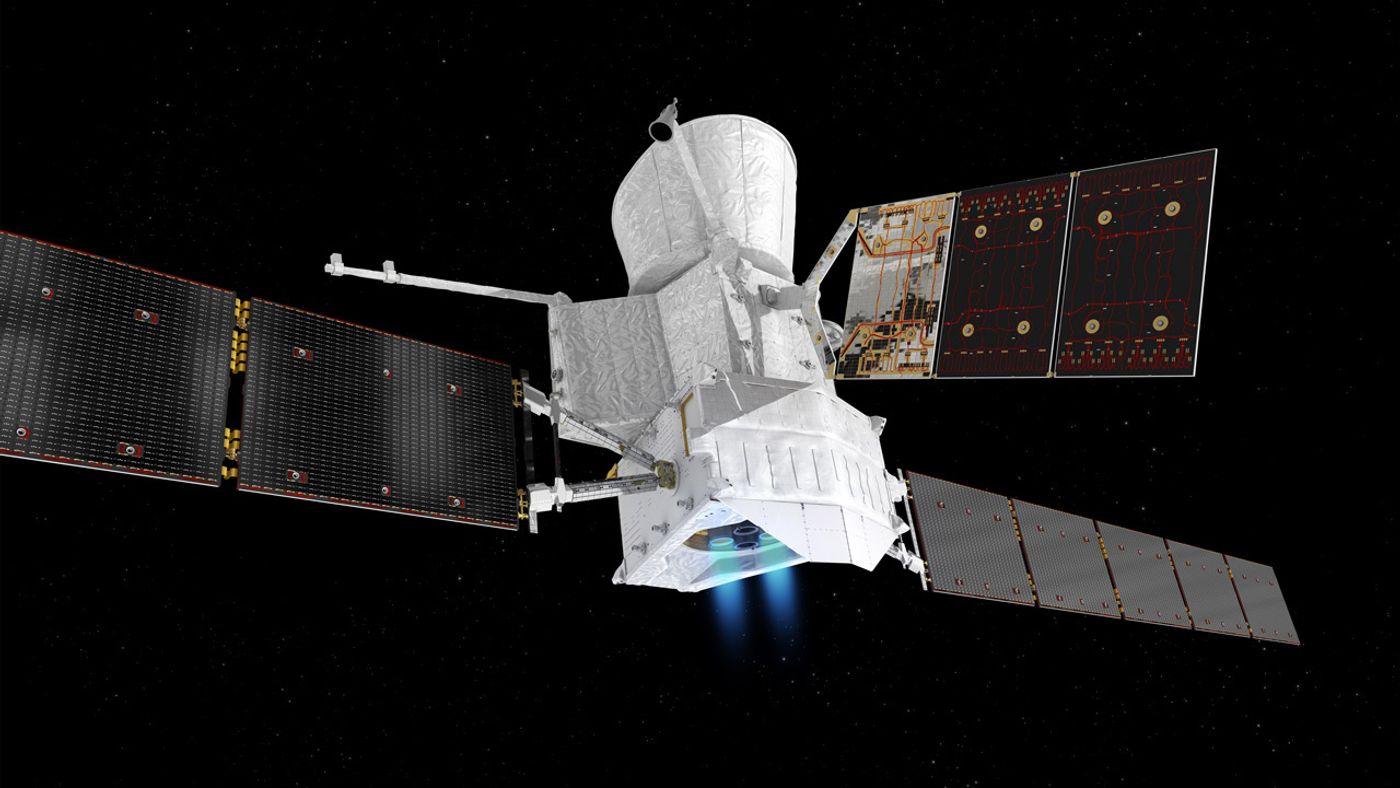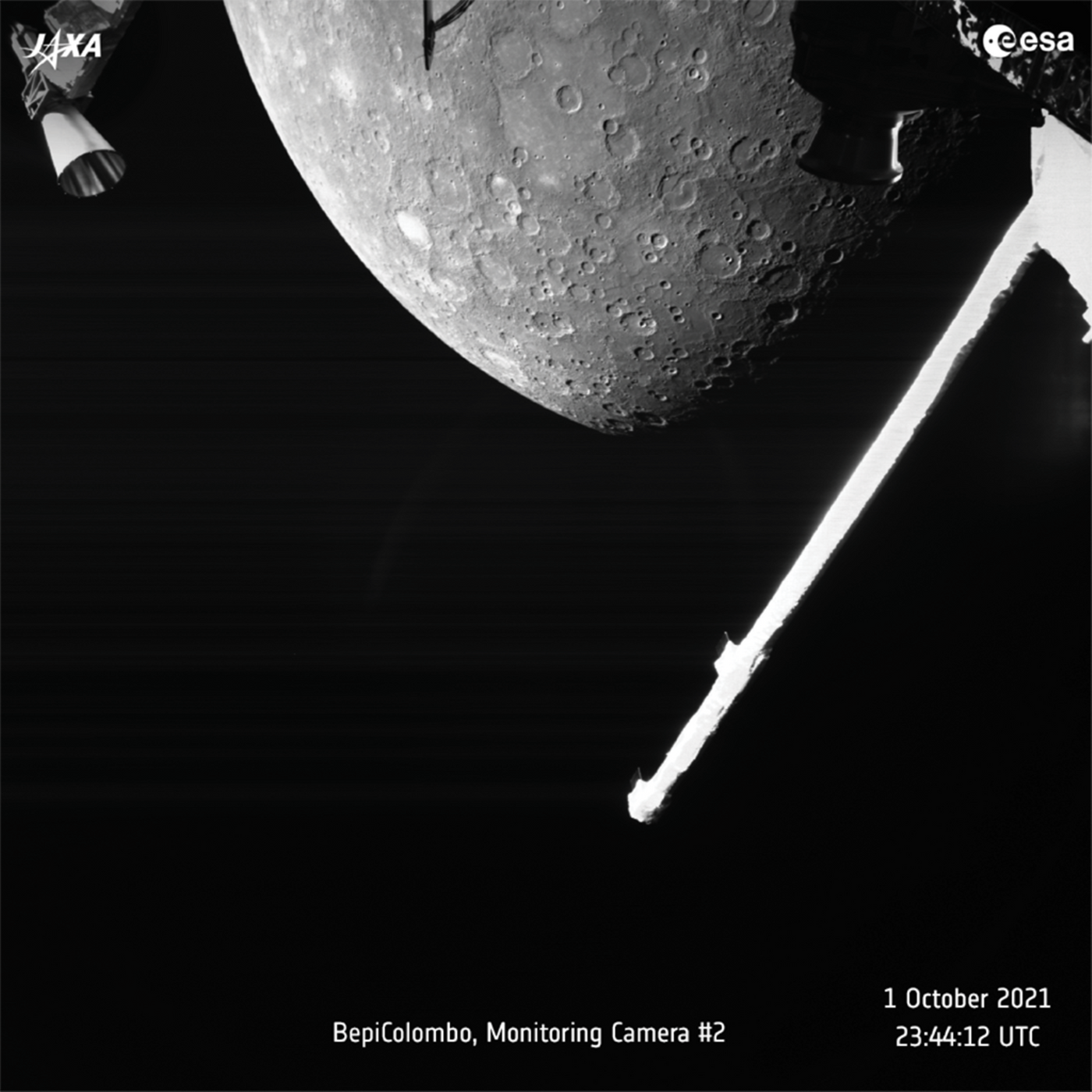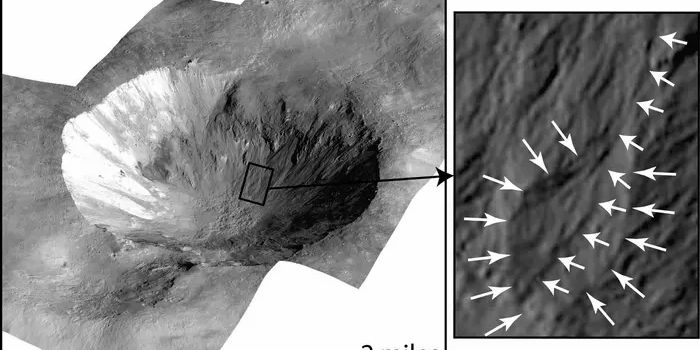Mercury - The Forgotten Planet
Mercury, the first planet from the Sun - The Forgotten Planet. With the search for life beyond Earth primarily focusing on Mars and the rest of the solar system, it’s easy to forget about the small rocky world that orbits closest to our own star that lacks any signs of hosting even the smallest forms of life. But while it seems like we have forgotten about it in the quest for life beyond Earth, the planet Mercury has a rich history of observation, with Mercury itself being mentioned as far back as the 2nd millennium BC by the Sumerians, and recorded by the Babylonians, who called it the planet Nabu.
Another reason we might forget about this fantastic world is the difficulty of actually getting there. While Mercury is about 80 million miles closer to Earth than Mars, the problem lies in the enormous gravity from our own Sun, which increases drastically the closer we get to it. Any spacecraft designed to enter Mercury’s orbit has to conduct constant braking maneuvers to counteract our Sun’s enormous gravitational pull, which can be both financially costly and extremely dangerous. One wrong maneuver and the spacecraft literally gets drawn into the Sun!
Here we will explore Mercury’s physical characteristics, structure, and evolution; its history in terms of contributions to astronomy; and the few successful missions that have explored this wonderful world. Onward to Mercury!
Physical Characteristics and Geology
Mercury is the smallest planet in the solar system, even smaller than the (dwarf) planet Pluto. It takes less than 90 days to orbit the Sun, and it has what’s called a 3-to-2 spin-orbit resonance, meaning it rotates three times on its axis for every two times it orbits the Sun. This unique characteristic is due to it being tidally locked with the Sun, much like Earth’s Moon is tidally locked with Earth, with the difference being our Moon has a 1-to-1 spin-orbit resonance, which is why we always see the same face of the Moon pointing at Earth.
Like the other terrestrial planets of the solar system, Mercury possesses a solid crust, mantle, and core. Despite its minute size, its density is the second highest in the solar system, just slightly less than Earth, which is due to its immense core that comprises 57% of its volume. For comparison, Earth’s core makes up only 17% of its own volume.
At first glance, the surface geology of Mercury can easily be mistaken for our own Moon, as it’s marked with both volcanic-like plains and heavy cratering, the latter of which indicates it has been geologically inactive for possibly billions of years. Due to its close proximity to the Sun, its surface temperature is unbelievably hot, with temperature fluctuations ranging from 100 to 700 K (−173 to 427 °C; −280 to 800 °F).
Due to its small size and extreme heat it is incapable of sustaining any significant atmosphere for the long term, but is hypothesized to possess what’s commonly referred to as an exosphere, which is a thin, atmospheric-like volume that envelopes a planet or natural satellite where molecules can be bound to that body. In this case, Mercury’s exosphere has been found to contain hydrogen helium, oxygen, sodium, calcium, and potassium.
Ancient Astronomers
Despite its rather dreary physical appearance and absence of any forms of life, Mercury has been studied throughout human history by several ancient civilizations. As previously mentioned, these observations date as far back as the 2nd millennium BC by the Sumerians where it was referred to as the planet Nabu by the Babylonians. The Greeks later called the planet Apollo when it was seen in the morning sky, and Hermes when it was seen in the evening sky. Mercury was ultimately given its current name by the Romans, which they equated with the Greek messenger god Hermes, due to it moving across the sky faster than any other planet.
The first telescopic observations of Mercury were made by Galileo Galilei in the early 17th century, but his crude telescope was not able to observe the phases of Mercury, as he had observed with the planet Venus. The first observation of a transit of Mercury passing in front of our Sun was conducted by Pierre Gassendi in 1631, with a subsequent publication of these observations in 1632.
Spacecraft Observations
Despite Mercury being studied well into the 20th century, only three spacecrafts have visited the first planet from our Sun. For comparison, a total of 38 spacecraft have at least been partially successful in visiting Venus, 25 to Mars, 9 to Jupiter, and 4 to Saturn. The remaining outer planets of Uranus, Neptune, and Pluto have each had one spacecraft visit.
The first spacecraft to visit Mercury was NASA’s Mariner 10, whose mission lasted from 1974-75. As mentioned previously, any spacecraft visiting Mercury has to undergo numerous braking maneuvers due to the Sun’s incredible gravity, which Mariner 10 successfully conducted and performed several flybys of the planets, returning over 2700 images of the surface during three flybys over the course of one year.
The planet Mercury was not visited again until 2011, when the MESSENGER spacecraft entered an elliptical orbit. This was achieved after accomplishing numerous gravity-assist maneuvers around Earth, Venus, and eventually Mercury before settling in to accomplish its primary mission. Mariner 10’s mission was extended several times, ultimately sending back 100,000 images of Mercury, mapping the entire planet in high-resolution monochrome and in color, and even found evidence of past volcanic activity, and even water ice at Mercury’s poles.
The most recent spacecraft mission to Mercury is BepiColombo, which is a joint mission between the European Space Agency and the Japan Aerospace Exploration Agency, and is scheduled to achieve Mercury orbit in 2025.
The Forgotten Planet should not be Forgotten
While the planet Mercury possesses characteristics much similar to Earth’s Moon, is devoid of life, and is incredibly difficult to study with spacecrafts, it nonetheless has taught us, and will undoubtedly continue to teach us about the early history of the solar system, which brings us one step closer to learning how we got here in the first place. Mercury is a fantastic world, one that should be studied in depth, and one that should not be forgotten despite its dreary characteristics.
As always, keep doing science & keep looking up!
Sources: Universe Today; European Space Agency; Uranus, Neptune, Pluto, and the Outer Solar System; NASA; Johns Hopkins University Applied Physics Laboratory; Space Science Reviews (1); Space Science Reviews (2); The Voyage of Mariner 10 – Mission to Venus and Mercury; MacTutor; Space Answers; NASA Mars; NASA JPL; NASA Solar System Exploration (1); NASA Solar System Exploration (2); NASA Solar System Exploration (3); NASA Solar System Exploration (4)

